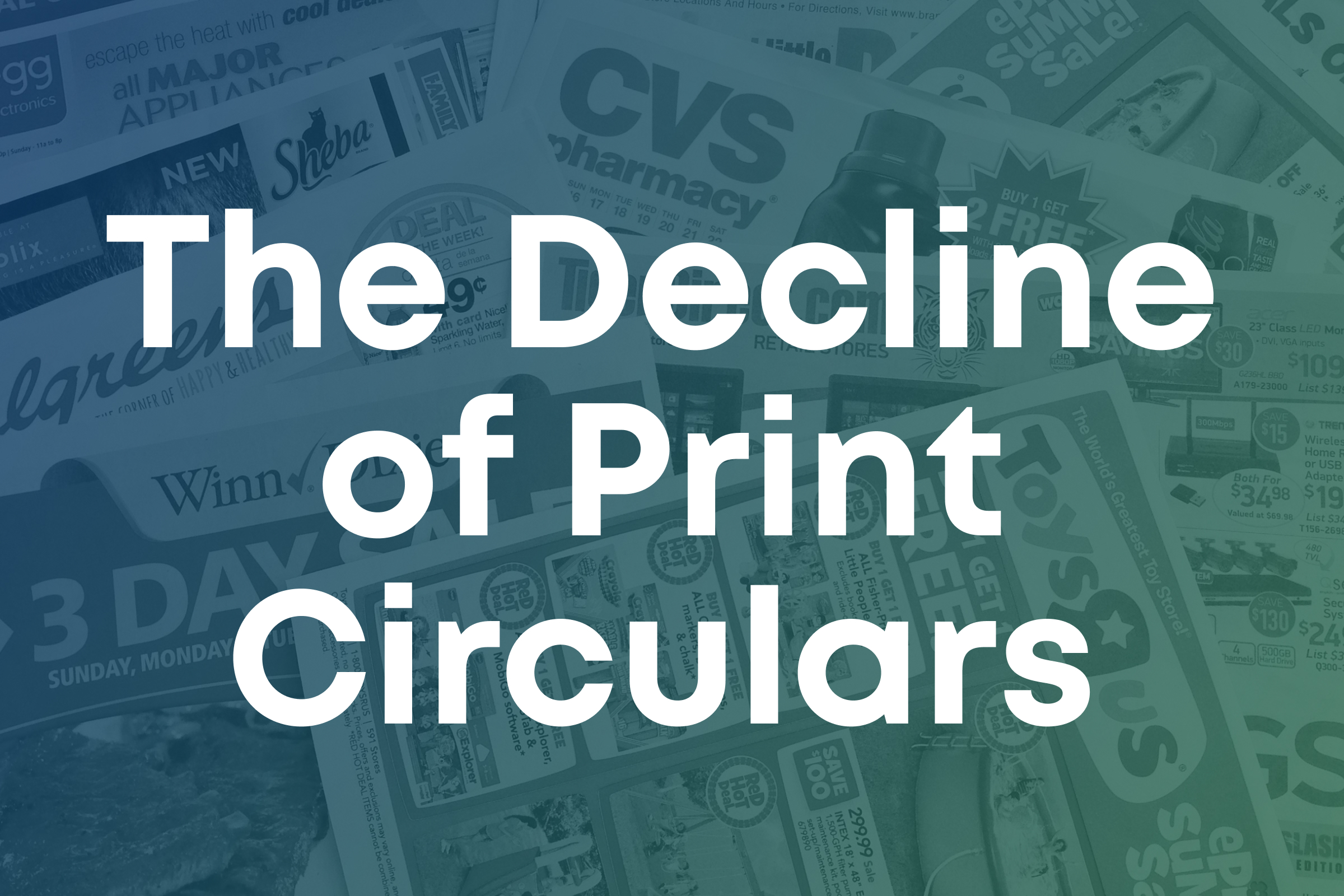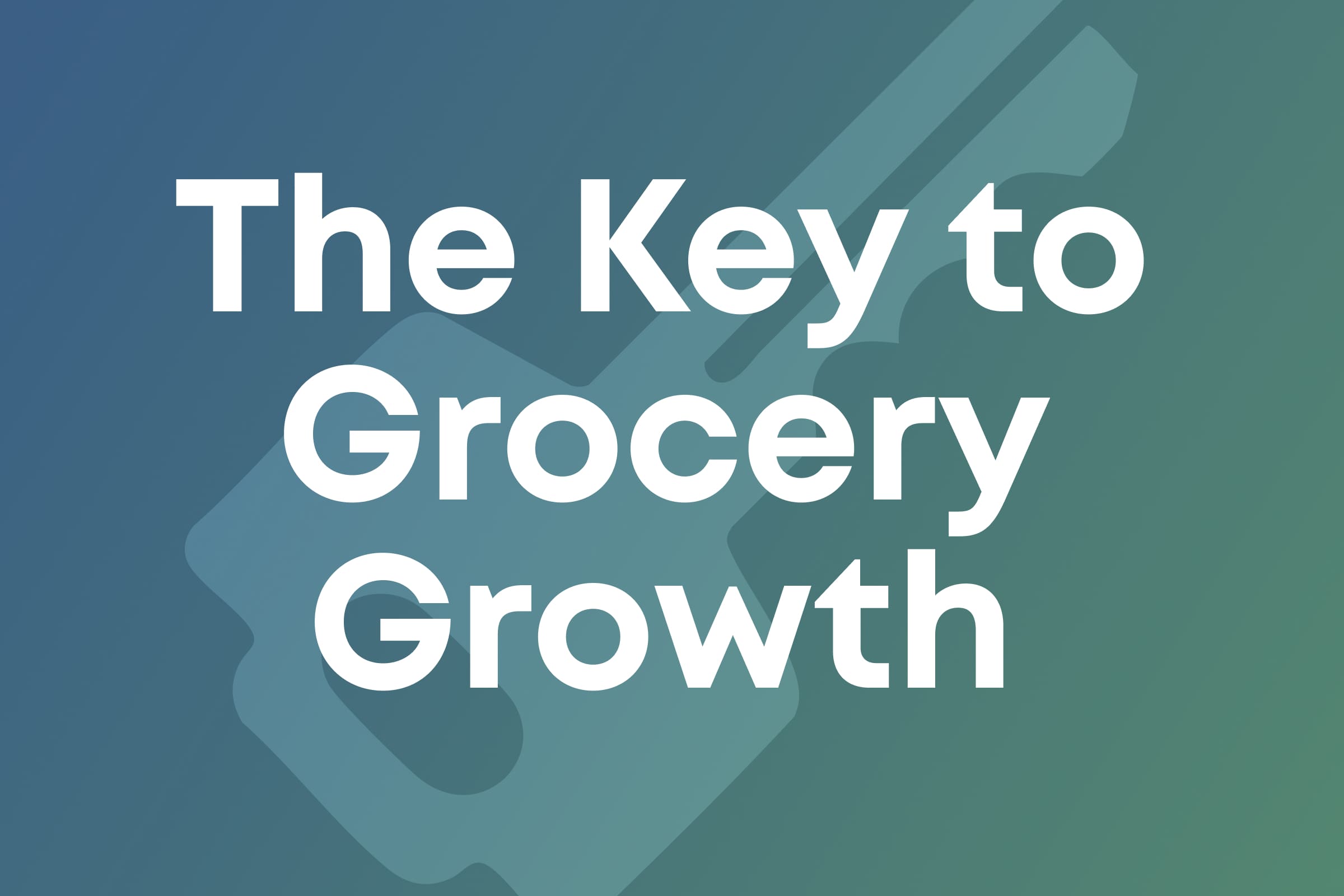Why Grocers Must Act Now to Secure Digital Retail Loyalty
Henry Kim
Today's shoppers are navigating a challenging environment fraught with inflation and supply chain issues. They are looking for savings, and they have a lot of choices on where they find them. From online to in-store, shoppers are quicker than ever to switch brands if there’s available inventory or a better deal. However, customers who belong to a loyalty program tend to spend more and purchase more frequently. Grocers who invest in digital retail loyalty—and deliver customers with a personalized experience—are more likely to keep those customers and attract new ones. The ability to create a compelling online experience will separate those grocers who struggle from those who truly thrive.
How Today’s Challenging Landscape Affects Loyalty
Loyalty isn’t a given these days; 83% of consumers say that they visit between four and nine different grocers to purchase their groceries. Just 1% of consumers were loyal to a single supermarket location, with choice heavily influenced by convenience and proximity, price, and product selection. However, 63% of grocery shoppers surveyed by PYMNTS indicated their store choice was directly influenced by a loyalty program. Amid today’s challenging landscape, there are still tools and technology available to help grocers deliver increased value to discerning shoppers, including mobile apps, personalization, and a grocery loyalty program.
- Customers are feeling the pinch from all angles. Consumer sentiment reached an 11-year low in March 2022, despite the fact that spending was buoyed by a strong labor market and high personal savings. Inflation, gas prices, and supply chain disruptions hit consumer pocketbooks leading to widespread uncertainty about the future. Shoppers are cutting back on restaurant dining, driving, and vacations to manage skyrocketing inflation. Nearly half of shoppers say they’re “thinking about rising prices all the time” and, while they’re still buying all the essentials, 32% of shoppers have switched from a name brand to generic to save money.
- Customer loyalty is difficult to maintain now that shoppers have more choices. Since consumers are no longer relegated to the local supermarkets, digital retail loyalty remains at the forefront of every grocer’s mind. While e-commerce expands competition, it’s worth noting that most shoppers still prefer to shop in person at brick-and-mortar stores they know and trust. Deloitte reports that two-thirds of shoppers use a digital device while in-store to consider all their options, yet 46% of consumers said they’d pay more to pick up an item in-store close to home, rather than waiting for free two-day delivery. In fact, 27% of online sales were fulfilled at physical retail locations in 2021, up from 21% the previous year. Small and medium-sized businesses are also using omnichannel fulfillment options like curbside pickup, along with digital tools, to reach more consumers and drive loyalty.
- Shoppers are increasingly focused on savings—and they’re willing to adjust their brand loyalty to chase the best deals. According to McKinsey research, 90% of consumers have noticed prices on everyday staples going up. Of the 46% of consumers who’ve tried a different brand and 37% who have shopped at a different store recently, 90% plan to continue switching brands in search of the best value.

Why Loyalty Is Your Best Bet to Grow Business
Even though loyalty is harder to capture, it’s still a worthwhile investment, as loyal shoppers:
- Have a larger basket size: The average repeat customer spends 67% more in months 31-36 than in months 0-6. Nearly half of all consumers (49%) say they “spend more” after joining a loyalty program.
- Shop more frequently: 60% of loyal customers visit their preferred stores more often.
- Have higher lifetime values: Customers have a 306% higher lifetime value when they feel emotionally invested in a brand.
- Tell their friends: 71% of loyal and emotionally invested customers refer their friends.
More importantly, increased loyalty means a greater amount of actionable customer data. Grocers who collect first-party customer data can use retail personalization to cultivate a seamless and highly targeted shopping experience that not only increases customer satisfaction but helps drive in-store traffic, basket size and overall revenue .
How Brick-and-Mortar Grocers Can Win the Battle for Loyalty
In today's challenging retail environment, brick-and-mortar grocers must focus on delivering value to price-conscious shoppers while boosting loyalty. Today’s consumers are looking for more than low prices; they’re looking for convenience (like “click and collect” or in-store scanning) and they’re looking for retail personalization (like relevant recommendations and smart substitutions). While there are plenty of tactics to consider, loyalty program success is built on a feature-rich retail media platform that offers every modern convenience.
Investing in retail media infrastructure makes it easy to deliver value directly to consumers. Increasingly, shoppers are in-aisle with mobile devices in hand, redeeming digital offers rather than using paper coupons. They’re responding to individualized specials instead of making their shopping lists based solely on the weekly circular. They’re reading rich product details, looking up substitutions, setting up auto-ship for out-of-stock must-haves, scanning products to check ingredients, looking up recipes, and watching brand videos to learn more about a product they’re interested in purchasing. Consumers demand knowledge to help them make the right choices, whether shopping from home or in-store — and they’re more likely to remain loyal to retailers that make this routine aspect of everyday life seamless and connected across their entire customer journey.
Grocers who invest in digital apps linked to CPG and grocery loyalty programs deliver the desired connected experience that provides a strong edge over competitors. Modern mobile apps equipped with technology to support CPG advertising not only offer timely, relevant, personalized information to loyalty members, but also provide grocers with an additional revenue stream to help them monetize their loyalty and withstand today’s turmoil.
The ability to deliver a compelling digital retail loyalty experience will separate those grocers who continue to struggle from those who thrive by maintaining a faithful customer base returning to their stores week after week, year after year.
Contact Swiftly for assistance creating or bolstering your grocery loyalty program.
Questions? Be sure to check out our FAQs!





